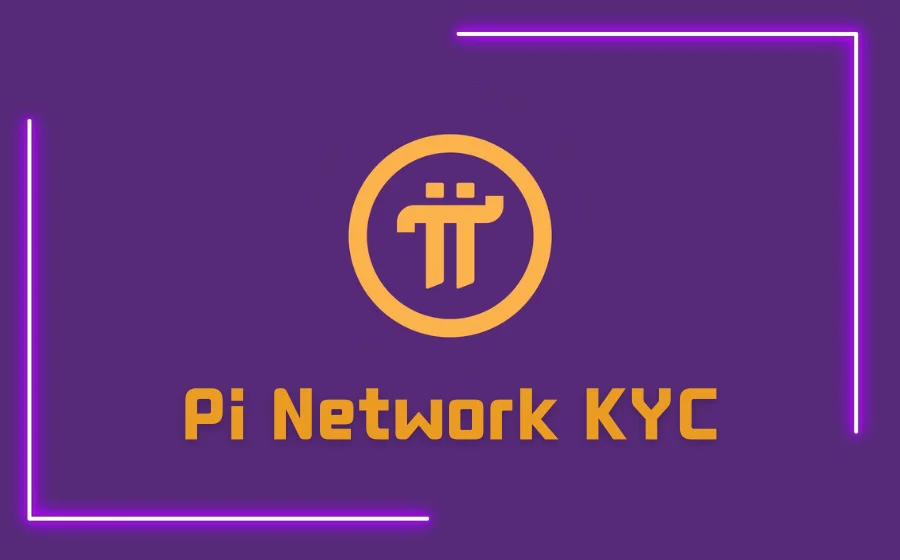
KEYTAKEAWAYS
- Public blockchains are open and decentralized, allowing anyone to participate, while private blockchains restrict access to authorized users for enhanced privacy and control.
- Public blockchains prioritize transparency and security through decentralization, whereas private blockchains focus on efficiency and scalability for enterprise solutions.
- Choosing between public and private blockchains depends on factors such as security, privacy, transaction speed, and scalability, tailored to specific business requirements.

CONTENT
Learn the differences between public and private blockchains. Learn their key features, benefits, and use cases to determine the right solution for your business needs.
WHAT IS PUBLIC BLOCKCHAIN?
Public blockchain is one of its core implementations. As the name suggests, a public blockchain is a fully open and permissionless blockchain network that anyone can access.
Most well-known cryptocurrencies, such as Bitcoin and Ethereum, are built on public blockchain infrastructures or their derivatives.
➤ Key Features of Public Blockchain
- Openness and Accessibility
Public blockchains allow anyone to join the network, initiate transactions, and participate in block validation without restrictions.
This is why they are often referred to as Permissionless Blockchains, meaning users do not need prior authorization to interact with the system.
- Decentralization
Unlike traditional systems controlled by a central authority, public blockchains operate under a decentralized framework, where no single entity has control over the entire network.
Instead, a global network of nodes collaborates to maintain and secure the system, ensuring:
- Transparency – Every transaction is recorded on the ledger and visible to anyone.
- Security – Cryptographic algorithms make it resistant to attacks and fraud.
- Immutability – Once data is recorded, it cannot be altered or tampered with.
- Anonymity – Users can interact with the network while maintaining privacy.
- Open Development Environment
Public blockchains provide a robust foundation for developers to build decentralized applications (DApps).
By leveraging smart contracts, various operations can be automated and executed efficiently without the need for intermediaries.
➤ Popular Public Blockchain Cryptocurrencies
Here are some of the most well-known public blockchains and their representative cryptocurrencies:
-
Bitcoin (BTC)
The first cryptocurrency, often referred to as “digital gold.” It uses the Proof-of-Work (PoW) consensus mechanism and is primarily used for value storage and payments.
-
Ethereum (ETH)
Known for its smart contracts and decentralized applications (DApps), supporting DeFi and NFTs. It utilizes the Proof-of-Stake (PoS) consensus mechanism and boasts a vast ecosystem.
-
BNB Chain (BNB)
Developed by Binance, it offers fast transactions and low fees, making it ideal for DeFi applications and large-scale adoption.
-
Solana (SOL)
Recognized for its high speed and low transaction costs, suitable for high-performance applications such as DeFi and NFTs, using a hybrid consensus mechanism.
-
Cardano (ADA)
Built on scientific principles, focusing on sustainability and scalability, leveraging a unique PoS consensus mechanism.
-
TRON (TRX)
Designed for digital content distribution, offering high-speed and low-cost transactions, widely used in entertainment and payment sectors.
-
Avalanche (AVAX)
Known for its scalability and rapid transaction finality, making it a strong contender for DeFi and enterprise solutions.
-
Sui (SUI)
A next-generation blockchain focused on scalability and high throughput, designed for large-scale applications.
-
Toncoin (TON)
Developed by Telegram, optimized for social applications with fast transactions and easy integration into messaging platforms.
-
Hedera (HBAR)
Utilizing Hashgraph technology for efficient and low-latency transactions, making it suitable for enterprise applications.
➤ Conclusion
Public blockchains are shaping the future of decentralized technology by offering an open, secure, and trustless environment.
Whether for financial applications, supply chain management, or beyond, public blockchains empower individuals and businesses to engage in a truly decentralized ecosystem.
>>> More to read: What is a Layer in Blockchain?
WHAT IS PRIVATE BLOCKCHAIN?
Private Blockchain, also known as a Permissioned Blockchain, is a type of blockchain network that restricts access to authorized participants only.
Unlike public blockchains, private blockchains require participants to undergo identity verification and obtain authorization from the governing entity to access network resources or execute transactions.
➤ Key Features of Private Blockchains
-
Access Control
Private blockchains are typically managed by specific enterprises or organizations that can define and control participant permissions and roles, ensuring that data and transactions are accessible only to authorized personnel.
-
Efficiency
With a limited number of participants compared to public blockchains, private blockchains can achieve faster transaction processing speeds, making them ideal for applications that require real-time data handling.
-
Privacy and Security
Transactions and data on a private blockchain are not publicly accessible, ensuring that only authorized users can view and interact with sensitive information, which is crucial for businesses needing to protect trade secrets and confidential data.
-
Scalability
Due to a smaller number of nodes, private blockchains can achieve better scalability and more efficient communication between participants, allowing businesses to expand the network as needed.
➤ Use Cases of Private Blockchains
Private blockchains are widely used in industries that require high levels of privacy and security, including the following:
-
Supply Chain Management
Global logistics giant DHL utilizes private blockchain technology to share logistics data across different stakeholders, enhancing collaboration efficiency and ensuring transparency in the movement of goods.
-
Asset Management
Private blockchains provide financial institutions with a secure and controlled method to record and manage various assets, such as equities, bonds, and smart contracts, preventing unauthorized access.
-
Voting Systems
In elections or corporate decision-making processes, private blockchains ensure transparency and immutability, while also safeguarding voter privacy and ensuring the integrity of the voting process.
-
Central Bank Digital Currencies (CBDC)
Many countries are exploring CBDCs (Central Bank Digital Currencies), which are predominantly built on private blockchain technology to ensure controlled issuance and circulation, providing a secure and efficient digital financial infrastructure.
➤ Conclusion
Private blockchains offer businesses and government institutions a highly efficient, secure, and flexible solution for applications that demand strict privacy and permission control.
As blockchain technology continues to evolve, private blockchains are expected to play a critical role in enterprise digital transformation.
>>> More to read: What is Blockchain and How Does It Work?
PUBLIC BLOCKCHAIN VS. PRIVATE BLOCKCHAIN
➤ Participants
A public blockchain is open to everyone, allowing anyone to join, transact, and validate blocks freely. In contrast, a private blockchain restricts participation to authorized individuals who have undergone identity verification and received permission to access the network.
➤ Openness
Public blockchains are fully open and permissionless, enabling unrestricted access and use. On the other hand, private blockchains require authorization, granting access only to specific participants approved by the governing entity.
➤ Decentralization
Public blockchains are highly decentralized, with a distributed network of nodes managing and maintaining the system collectively. Private blockchains, however, are more centralized, as they are governed and controlled by a specific entity or organization.
➤ Security
Security in public blockchains is maintained through consensus mechanisms like PoW (Proof-of-Work) or PoS (Proof-of-Stake), ensuring resilience against attacks through decentralization. Private blockchains, with restricted participation and stricter security measures, offer enhanced security tailored to specific organizational needs.
➤ Privacy
Public blockchain transactions and data are fully transparent and accessible to anyone, ensuring openness. In contrast, private blockchains offer higher privacy levels, where only authorized users can access and view sensitive data, making them suitable for confidential operations.
➤ Transaction Speed
Due to the high number of participants, public blockchain transactions may experience delays caused by network congestion. In private blockchains, with fewer participants and more efficient communication, transaction speeds are generally faster.
➤ Scalability
Public blockchains often struggle with scalability issues, as network congestion can lead to performance bottlenecks. Private blockchains, with a limited number of participants and simpler communication processes, offer better scalability and adaptability to business needs.
➤ Use Cases
Public blockchains are ideal for open financial systems, such as DeFi and decentralized applications (DApps). In contrast, private blockchains are commonly used for enterprise-level applications, including supply chain management, internal business processes, and asset management.
➤ Node Operators and Block Producers
In public blockchains, anyone can become a node operator and participate in block creation through mining or staking. In private blockchains, only authorized organizations or individuals are responsible for node operations and block generation, ensuring controlled access and efficiency.
➤ Conclusion
Public blockchains focus on openness and decentralization, making them suitable for applications that require transparency and trustless environments. Private blockchains prioritize privacy and efficiency, making them ideal for organizations with strict security and operational requirements. Choosing between the two depends on business needs, balancing factors such as security, privacy, efficiency, and decentralization.
>>> More to read: Cryptocurrency vs Virtual Currency


















